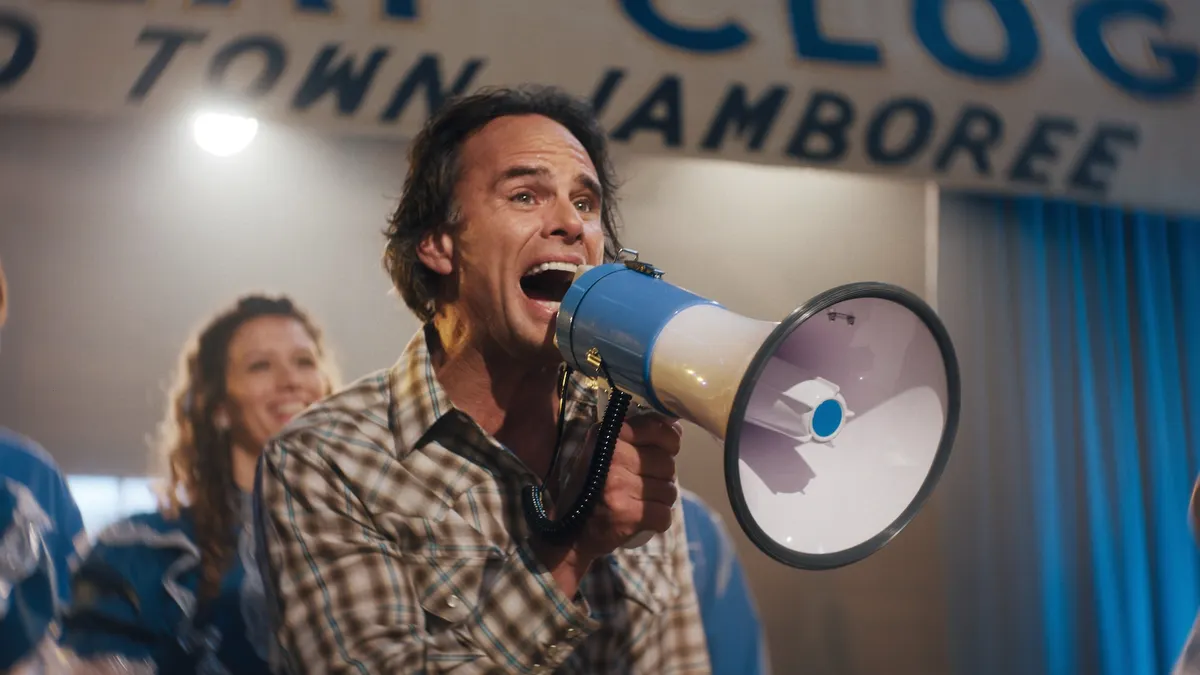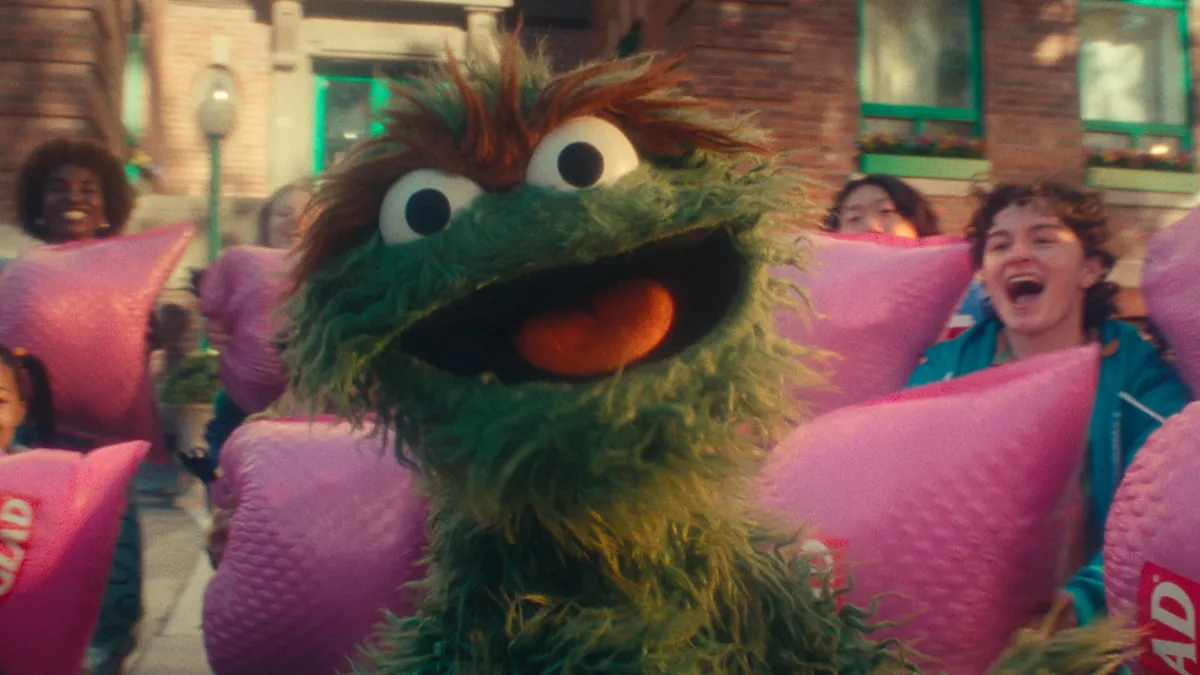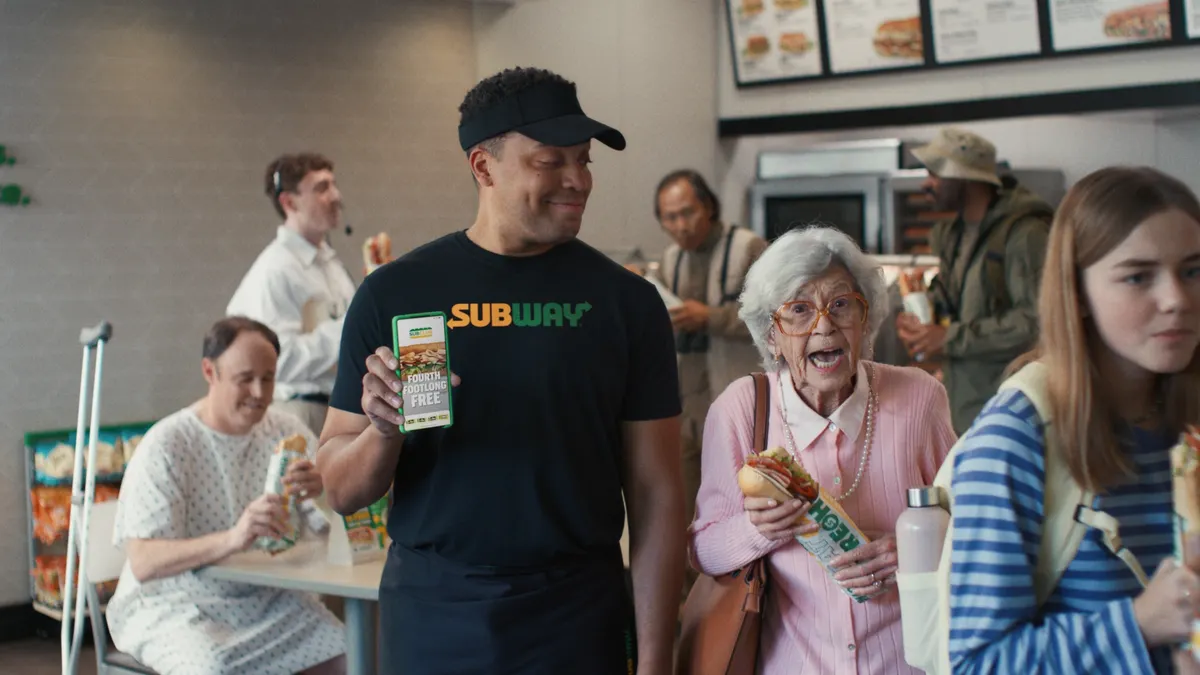Correction: An earlier version of this story incorrectly stated the engagement rate. The actual number is 147%. The story has been updated to reflect this correction.
When Mars Wrigley Confectionery was going to market earlier this year with six new flavors of Goodnessknows snack bars, it wanted to not only build brand awareness through social media but also use the channel to drive purchases. The result was a campaign that targeted health-minded consumers on Twitter, serving them ads and coupons in real-time when these users talked about food.
Following successful pilots, the brand quickly expanded the social media campaign on a national scale with the help of technology partner Respondology, generating a 147% engagement rate — which was determined by the total number of engagements divided by the number of tweets sent — and a 18% click-through-rate. Mars Wrigley also saw 2,700 replies to special offers included as part of the promotion, as well as a 13% like rate. After one month of integrating this social outreach, which is still ongoing, as part of the overall Goodnessknows digital marketing strategy, the company saw an increase in e-commerce sales and significant growth opportunity.
"The campaign has enabled us to reach target-right consumers with relevant product messaging based on conversations they are already having online," Eric Epstein, marketing director of snacks at Mars Wrigley told Mobile Marketer. "We've seen a more engaged social community and a ripple effect of consumers sharing their love for our brand and product."
Whetting consumers' appetites
Mars Wrigley, which also sells candy brands like Snickers, M&M's and Skittles, is investing in its relatively young snack brand — Goodnessknows was launched in 2015 — at a time when the better-for-you snack bar category is quickly growing, with projected sales of $6.8 billion by 2019 and a 5-year compound annual growth rate of 5%, according to Nielsen data cited by Mars Wrigley in a press release. Snack and confectionary brands have typically been considered impulse purchases and, therefore, not ideal for digital marketing, as any online purchases would take a few days to arrive. However, Mars Wrigley's campaign for Goodnessknows as well as a recent partnership between Hershey and convenience retail app GoPuff show how marketers in this space are getting more savvy about leveraging digital to cater to a sense of immediacy.
To launch the Goodnessknows campaign, Mars Wrigley teamed with Respondology to first run a test in the Seattle market and gauge the appeal of new Goodnessknows flavors like Peanut Butter Crunch, Nut & Sea Salt and Honey Almond Bourbon Vanilla. The pilot used geo-targeting to reach marathon runners in and around the city that spoke publicly on Twitter about their training. These consumers were served social media ads promoting the new bars as a healthy snack to help fuel up for runs and offering a coupon to incentivize them to go to the store to purchase a box.
"The brand was trying to find a way to use social media to build brand awareness but also to move product," said Erik Swain, president of Respondology. "We looked for people that showed intent. When people posted that they wanted food, we could pick up on this and use it as a real-time sales opportunity."
The initial test, which cost an estimated $3,000 to $4,000, performed so well, Mars Wrigley decided to expand its reach to the national market and ultimately spent $40,000 on a wider campaign. The effort pushed past just marathon runners to target anyone in the U.S. that tweeted about being hungry. For instance, if someone posted "I'm starving," "I need a snack" or "I'm always on the run, and I never get a chance to eat," Mars and Respondology would serve them an ad for Goodnessknows featuring a photo of the bars to whet their appetites, and then offer a 30%-off coupon for a box.
The campaign also got more into the weeds in looking for specific, healthy food-centric tweets such as someone talking about smoothies. This would generate a sponsored tweet that read, "The only thing better than a smoothie is a smoothie w/goodnessKNOWS. Here is a free gift for you," which would include a link to the offer page.
"We were able to find and vet target-right consumers and offer them a discount off their online purchase," said Epstein. "We're still in the infancy of leveraging the platform to its fullest capability, but have already seen an initial increase in online sales and consumer engagement using this platform."
Tying social and e-commerce together
The next step for Goodnessknows on Twitter is to focus on giving this automated process an authentic human touch by following up on the initial engagements to ensure the conversation is personalized and specific to the individual. Mars Wrigley also plans to continue the outreach at scale, per Respondology's Swain.
"They are seeing that this is working, so now it will be about how do we reach people all over the country at greater scale," Swain added.
Respondology, which also works with Hershey's, is beginning to see the benefits of this approach to social media for snack brand marketers.
"We never realized the snack vertical was good for us, but this shows us the power of using social media for both branding and e-commerce," Swain said.
The firm currently runs campaigns on Twitter, which Swain compared to "a broadcasting platform with a megaphone attached." The company is working to bring this type of campaign to Instagram and Facebook in the near future, where Swain hopes to find more hungry consumers.
"Using technology and human review, we can detect when people raise their hand to say that they are hungry and in market for a snack," he said.



















